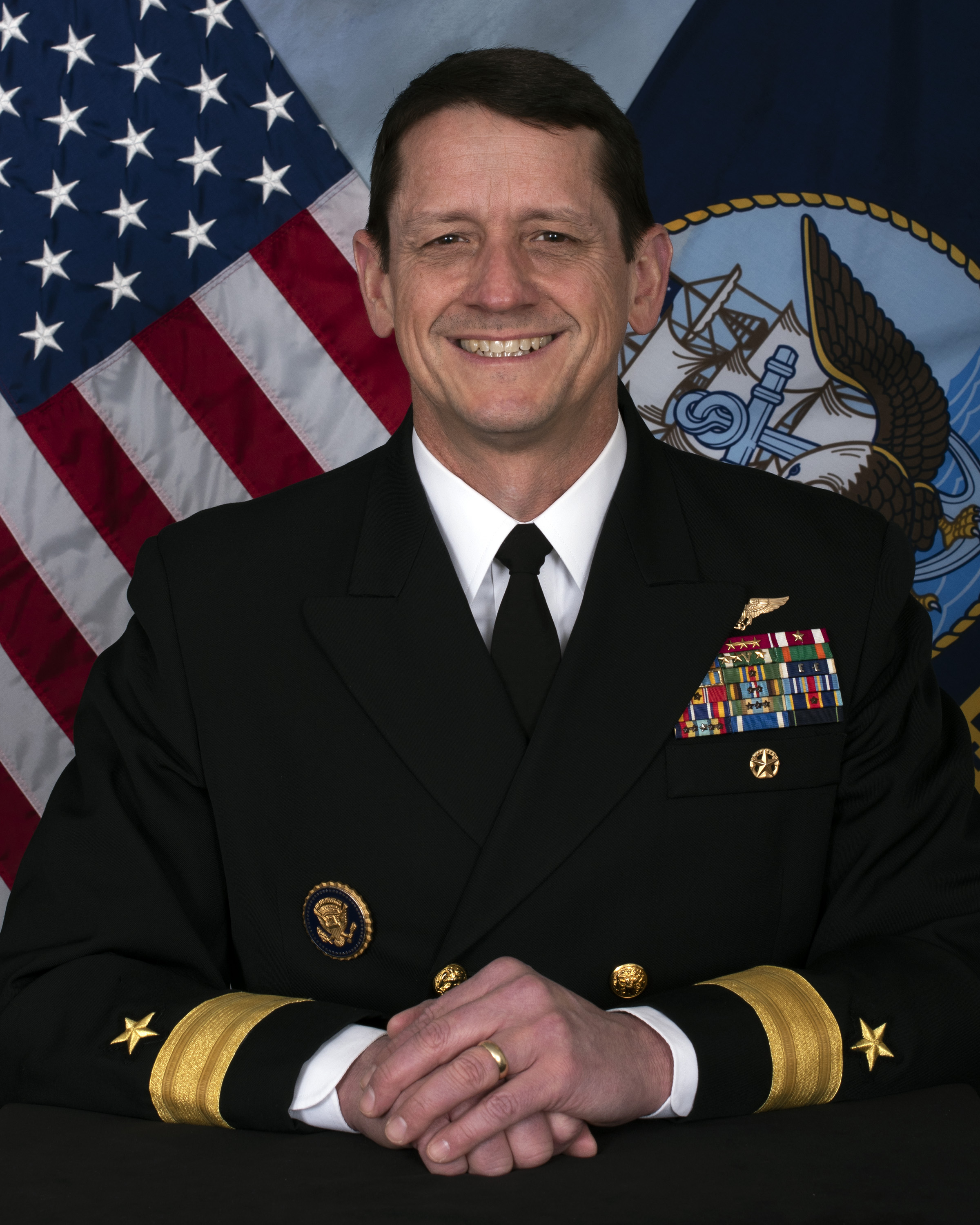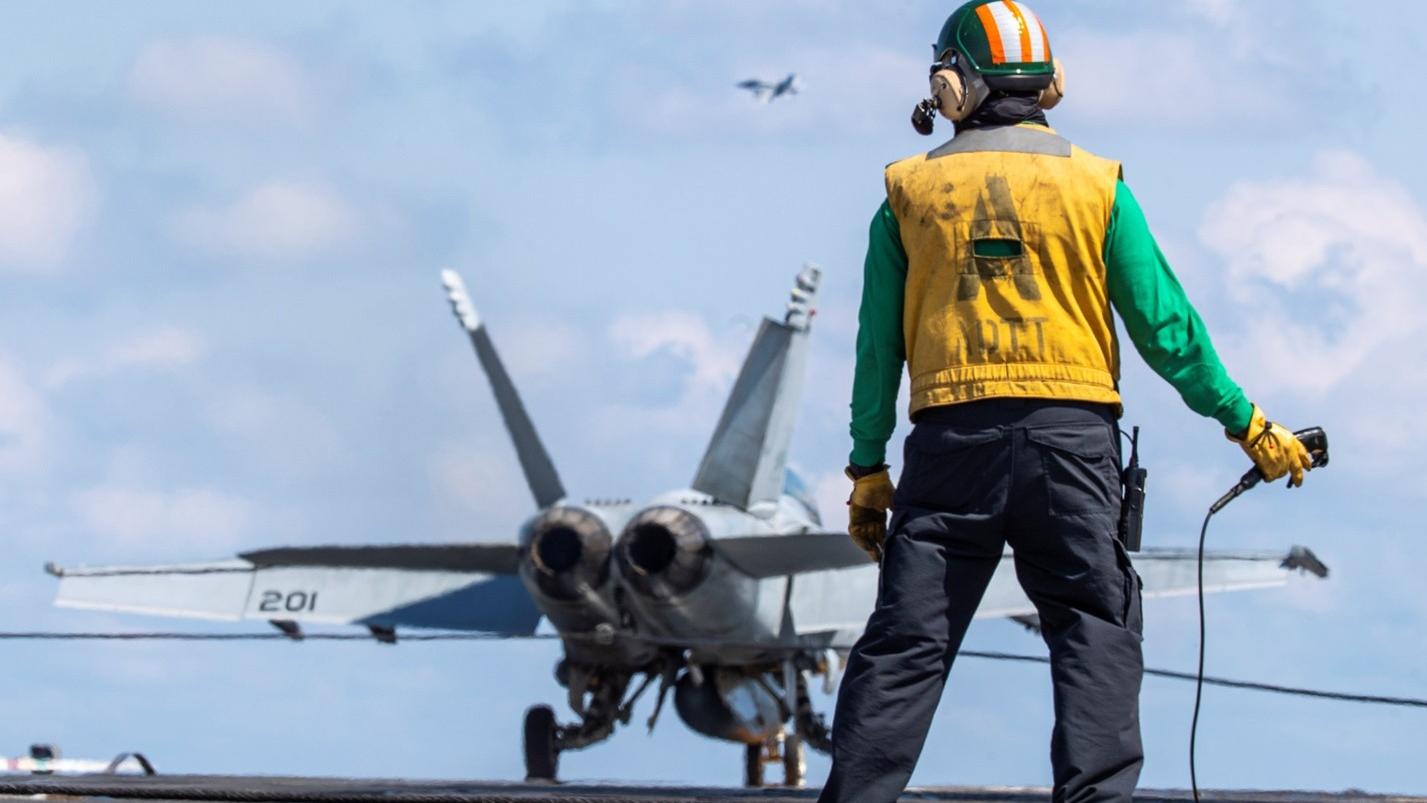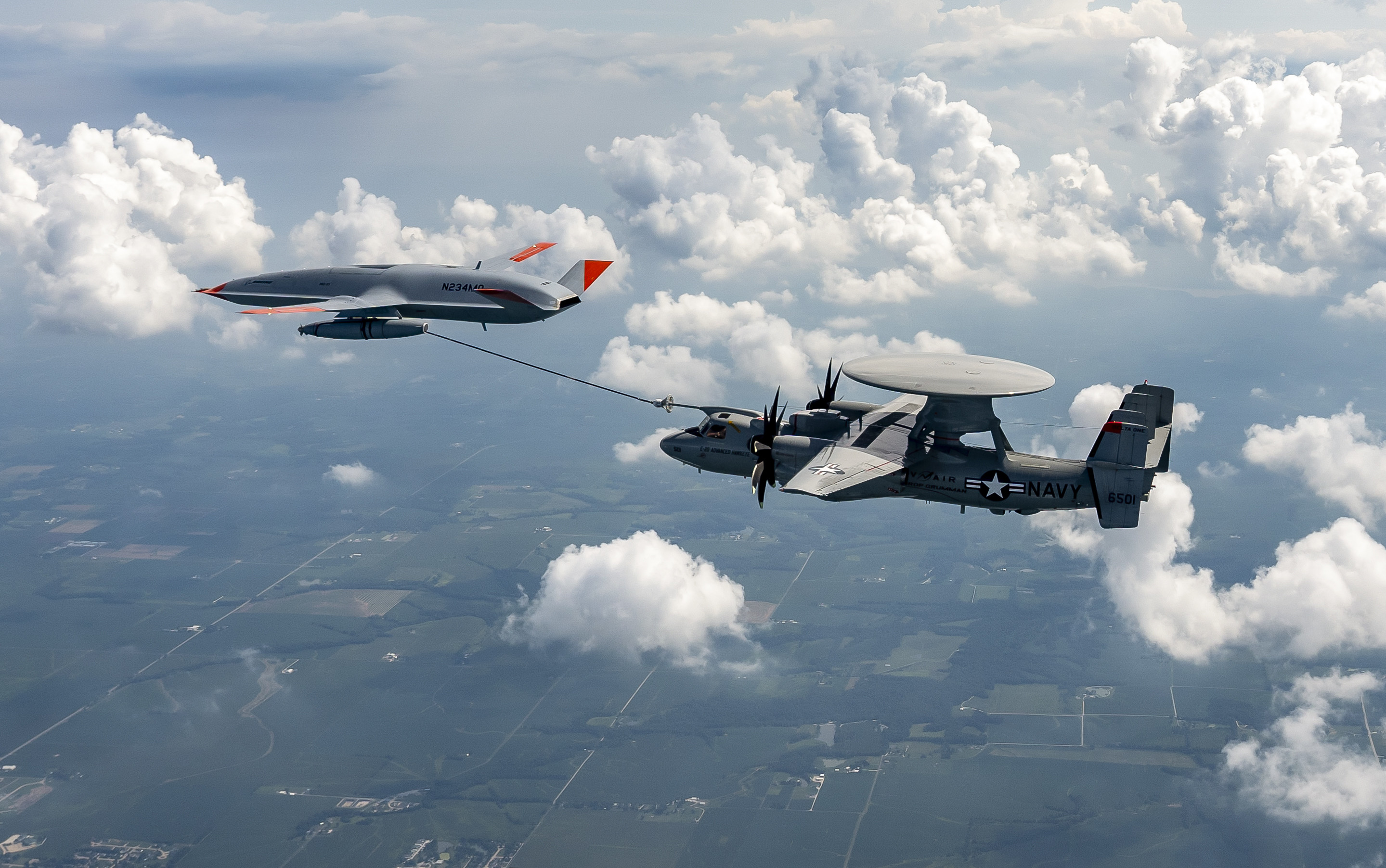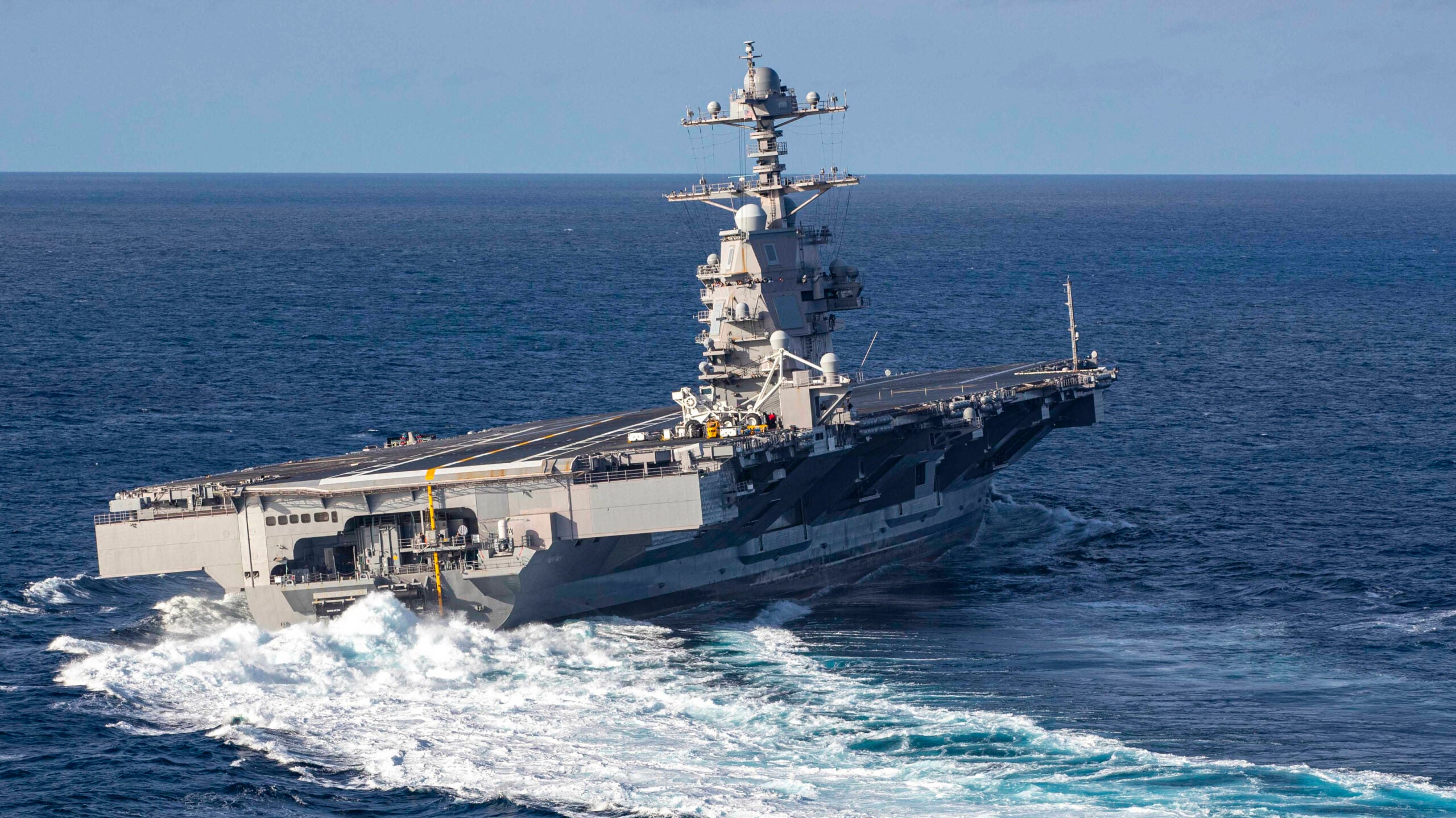The much-delayed maiden deployment for the U.S. Navy’s new aircraft carrier, USS Gerald R. Ford is now scheduled to take place next year, four years later than originally planned. The nuclear-powered vessel is the lead ship in a new class of supercarriers, four of which have been ordered, with the three additional units now under assembly. A decision on the configuration of a fifth is due next year. With a whole range of advantages promised over the current Nimitz class carriers, the Navy is keen to get the first of the Ford class into operation, but it has been a long wait, with many setbacks due to the inability of critical systems to function as intended.
“Everything is on track,” Rear Adm. Gregory Huffman, the commander of Carrier Strike Group 12, recently told USNI News
in an interview. Huffman, who will lead the Gerald R. Ford Carrier Strike Group on its first deployment, added: “We’re still looking to get out as scheduled after the six-month availability. No big showstoppers that they’ve come across at all. So very, very positive news coming from the captain and from the shipyard. And then as we come out of that, I think we’re going to be set very well to get back in that operational mindset and get ready for the deployment.”

According to USNI News, the new carrier is now “in the middle of the last maintenance phase” before its maiden deployment. Exactly when this will take place next year is unclear.
In an unusual measure, Huffman himself went aboard the USS Gerald R. Ford for the 18-month post-delivery test and trials period, completed earlier this year. USNI News reports that having the CSG commander and his staff on board the ship “allowed the ship’s crew to get a head start on functions ranging from communications and operational drills to determining where the strike group staff would sleep.”

The sometimes-painful journey made by the USS Gerald R. Ford (CVN-78) toward being declared ready for its first deployment has included delays relating to its nuclear powerplant. The advanced new Electromagnetic Aircraft Launch System (EMALS) and Advanced Arresting Gear (AAG), both absolutely fundamental to its successful operation have also had repeated issues. Other shortcomings have related to the radar, and even a lack of technical data to reliably launch and recover fighter jets in all their configurations.
In the meantime, many of these issues have seen improvement or been solved outright, with fixes announced for the powerplant, successful tests of EMALS and AAG, and confirmation that all the technical data for aircraft launch and recovery had been gathered.

There have also been difficulties with the advanced magnetically operated and software-controlled weapons elevators, which are designed to bring ordnance to the flight deck more quickly. Huffman told USNI News that the elevators have now completed 15,000 cycles “in all conditions” and that the expectation is that all 11 will be fully functional by the time USS Gerald R. Ford completes its current maintenance phase.
There have been other signs of progress, as well. In June, The War Zone reported on shock trials for the USS Gerald R. Ford, off the Florida coast, these being a critical test for any new warship, providing insights into how the ship may cope with a hostile attack. You can read more about these trials here.

The shock trials were a success, with no major flooding, fires, or equipment failures, despite the best efforts of 40,000 pounds of explosives detonated in the water around the ship. Huffman said that the radar, EMALS, and AAG performed well during the shock trials, with all of them still running “immediately after each of the shocks.”
As well as introducing new technologies, the fact the USS Gerald R. Ford will add another carrier to the Navy is significant in itself. In recent years, the carrier force has found itself under intense pressure, which has led to extended periods at sea as well as so-called double-pump deployments in which operational cruises are made back-to-back. This has been driven by a dramatic increase in demand for carriers to support U.S. military operations and foreign policy goals around the world, combined with a significant number of flattops undergoing maintenance and major overhauls. The entire situation has been declared unsustainable by some.
With little sign that demand for carriers is going to diminish, the arrival of the USS Gerald R. Ford — followed by the other members of its class — should provide much-needed respite to the carrier force.
The USS Gerald R. Ford should help take the pressure off the other carriers and crews, not just by bringing a new hull into the fleet, but possibly due to its supposed ability to generate a greater number of sorties than a Nimitz class vessel over the same period.

The Ford class brings a range of features together — the EMALS, AAG, revamped maintenance spaces, new flight deck configuration, and advanced ordnance elevators — with the aim of achieving a roughly 30 percent increase in sortie generation rate.
However, that promise has yet to be properly explored, with a full air wing yet to operate aboard the new carrier. While Carrier Air Wing 8 (CVW-8) has embarked, most recently in spring this year, it was a reduced-size composition that practiced integrated carrier strike group operations. Embarking a full-size air wing is clearly now a priority, to explore how the carrier and its subsystems actually work in a fully representative, sustained, on-cruise, operating environment.

Beyond that, there will be further challenges ahead, including integrating carrier-based drones as part of the Navy’s pivot toward an air wing in which unmanned platforms feature much more prominently. Even the deployment of light fixed-wing drones would be possible with the capabilities of the Ford class. Its EMALS and AAG are capable of launching and recovering these more delicate aircraft. Still, it will not be one of the first carriers capable of deploying the MQ-25 Stingray tanker. That will require a number of additional modifications and testing.

“The Ford is designed with more of that modular mindset,” Huffman told USNI News. “So it’s easier to adapt and flex as new equipment comes online, as we start looking at what new air wing composition is going to be and new technologies are presented.” As modular and advanced as it may be, the USS Gerald R. Ford will not be able to operate the Navy’s newest strike fighter, the F-35C Lightning II, either. Doing so will also require a number of upgrades and trials.
With that in mind, there are likely to be other hurdles that need to be overcome in the long process toward the Navy fielding a new supercarrier design. But with a date, however approximate, now set for its maiden deployment, the countdown to the USS Gerald R. Ford joining the fleet in a deployable sense is well and truly on. Once that happens, the Navy will be much better positioned to make a call on whether to buy more of the extremely costly
Ford class, or instead look at other, more affordable options, such as the light carrier concepts that continue to attract official interest.
Contact the author: thomas@thedrive.com
